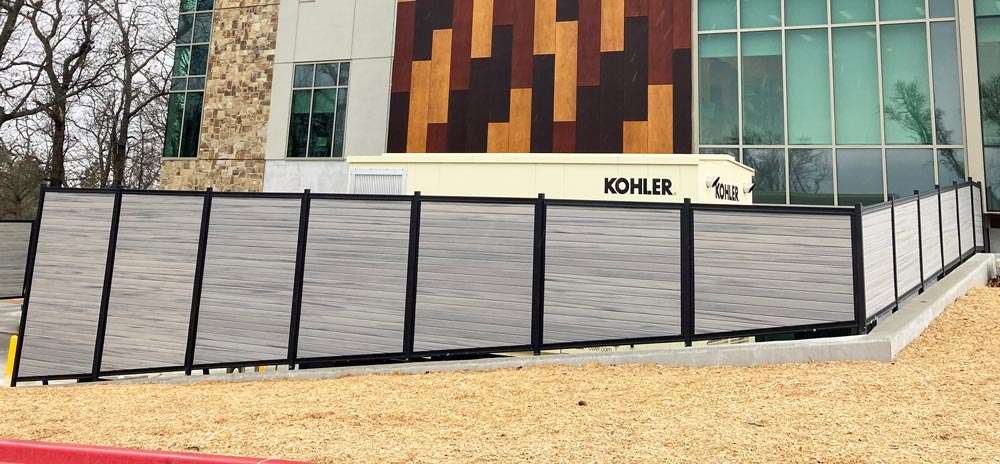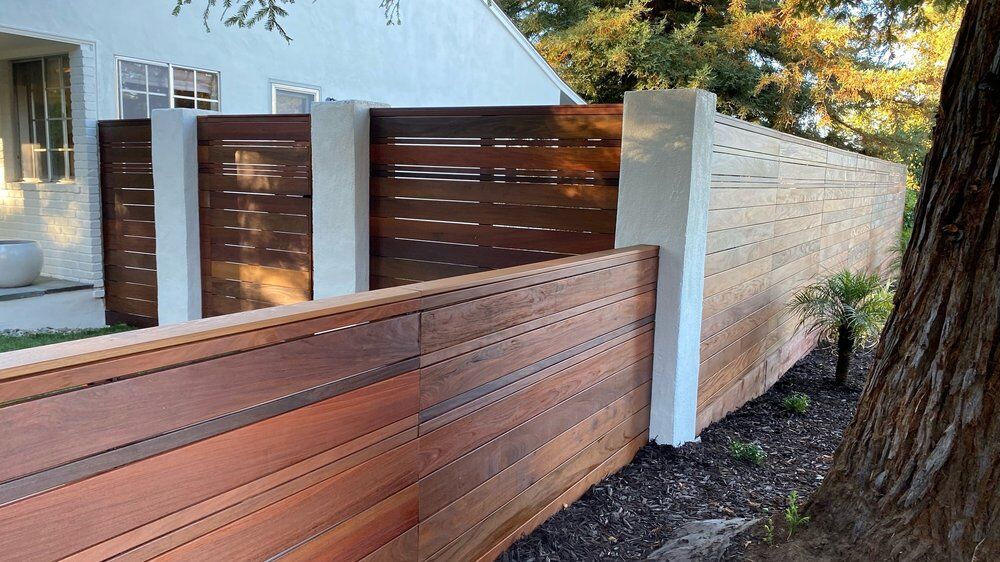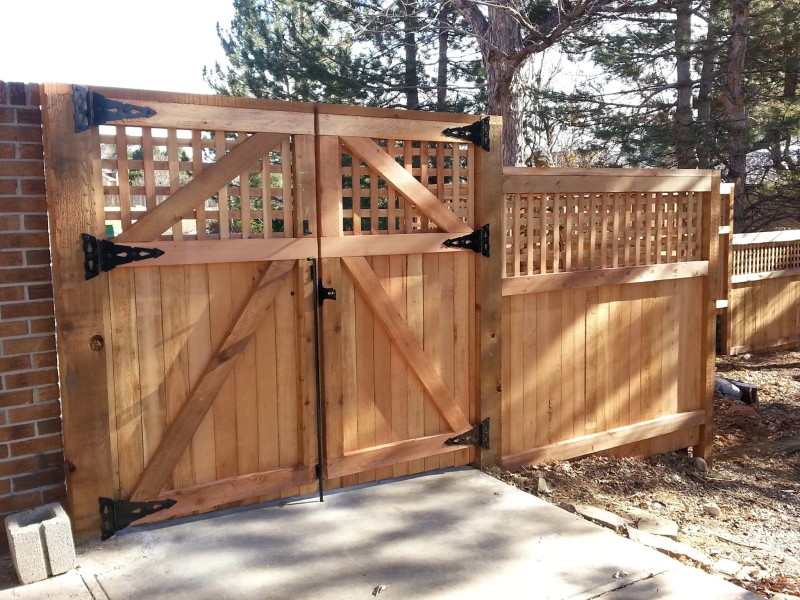All Categories
Featured

Fencings are an important part of your property, using personal privacy, safety, and visual worth. They are continuously exposed to the elements and can suffer from weather-related damages over time. Whether it's solid winds, rain, snow, or extreme warm, climate condition can gradually weaken your fencing, causing pricey repairs or replacement. Fortunately, there are numerous steps you can take to protect your fence from weather-related damages and expand its life expectancy. Below's just how you can protect your fencing against the elements.
- Choose the Right Material. The type of material your fencing is made from plays a significant function in exactly how well it will endure weather. Some products are naturally much more immune to damage than others. For instance:
Wooden Fences: While beautiful and traditional, wood can be at risk to wetness, rot, and pests. Pressure-treated timber or cedar can supply better resistance to these issues. Vinyl Fencings: Plastic is extremely resistant to wetness, rot, and insects. It likewise stands well to rough sunlight and hefty rain. Metal Fences: Wrought iron or aluminum fences are resilient and can withstand a range of weather condition conditions. They can, nevertheless, deal with corrosion with time, particularly if not properly covered. Compound Fences: Made from a mixture of wood fibers and plastic, composite fencings are a lot more immune to weather-related damages contrasted to standard wood fences. Choosing the right material for your region's climate is the first action in safeguarding your fence from weather condition damages.
- Seal or Discoloration Wooden Fences. Wood fencings are especially at risk to harm from wetness, UV rays, and temperature fluctuations. One of the most efficient means to safeguard your wood fence is by applying a safety sealer or discolor. These items help:
Prevent Water Damage: Sealants develop a water-resistant barrier, avoiding moisture from leaking right into the wood and triggering rot, mold, or mold. Safeguard Against UV Damage: An excellent stain or sealant will certainly additionally block dangerous UV rays from the sun, which can cause timber to dry out, fracture, and stain over time. Protect the Fence's Appearance: Routine discoloration aids preserve the all-natural beauty of the timber and extends its life-span. It's recommended to reapply the stain or sealant every 1-- 2 years to keep your fence good problem.
- Set up a Barrier for Wind Protection. Solid winds can trigger considerable damages to your fence, specifically if it is weak or tall. Wind can bend or break wooden panels, loosen fencing posts, and even create the whole fencing to collapse. Setting up a windbreak-- such as growing bushes, hedges, or setting up a mesh barrier-- can assist protect your fence from high winds.
Additionally, you can reinforce the blog posts with concrete or metal dental braces to give additional security and protect against leaning or shifting.
- Trim Overhanging Branches. Dropping branches can break panels or damage the fencing articles, leading to pricey fixings. Maintaining the branches cut back decreases the danger of branches breaking off and creating damage to the fence.
- Regular Assessments and Maintenance. Executing routine maintenance and evaluations is key to catching possible issues prior to they rise. After a hefty tornado, examine your fence for any indications of damages, such as loose panels, leaning posts, or damaged sections. Taking care of small concerns before they end up being larger ones can help prolong the life of your fencing.
Furthermore, cleansing your fencing periodically to remove dirt, mold, or debris can aid preserve its appearance and integrity. For wood fencings, delicately stress clean the surface to remove built-up grime, and for vinyl fencings, make use of a light detergent to clean any discolorations.

- Ensure Appropriate Drainage. Water damages is one of the most usual weather-related problems that affect fencings. Poor drainage can bring about standing water around your fencing blog posts, which can cause the blog posts to rot or deteriorate with time. To stop this, make sure the ground around your fencing inclines far from the blog posts. You might additionally want to set up water drainage remedies such as French drains or crushed rock at the base of the blog posts to stop water from pooling.
- Use a Protective Covering to Steel Fencings. Metal fences, such as those made of iron or steel, are very resilient yet can be susceptible to rust otherwise properly preserved. Using a protective finish or paint that is especially designed for steel can aid protect against rust and rust. Make certain to check the fence regularly for any indications of rust, and address it instantly by fining sand and painting the influenced areas.

Final thought. Your fencing is a beneficial investment, and protecting it from weather-related damages will assist make sure that it remains to serve its purpose for years ahead. By picking the best materials, consistently preserving your fencing, and taking actions to secure it from the aspects, you can lessen weather-related damage and extend its lifespan. Whether you're managing strong winds, hefty rain, or the extreme sunlight, these easy steps can go a lengthy means in maintaining the condition and look of your fence, conserving you time and money in the future.
Latest Posts
Smooth Floor Covering Setup-- The Carpet Interiors Floor & Home Method
Published Apr 19, 25
2 min read
Montclare Auto Repair: Top Destination for Expert Brake & Engine Fixes
Published Apr 19, 25
2 min read
Learn About the Professionals Behind Montclare Auto Repair - Your Trusted Team
Published Apr 19, 25
2 min read
More
Latest Posts
Smooth Floor Covering Setup-- The Carpet Interiors Floor & Home Method
Published Apr 19, 25
2 min read
Montclare Auto Repair: Top Destination for Expert Brake & Engine Fixes
Published Apr 19, 25
2 min read
Learn About the Professionals Behind Montclare Auto Repair - Your Trusted Team
Published Apr 19, 25
2 min read